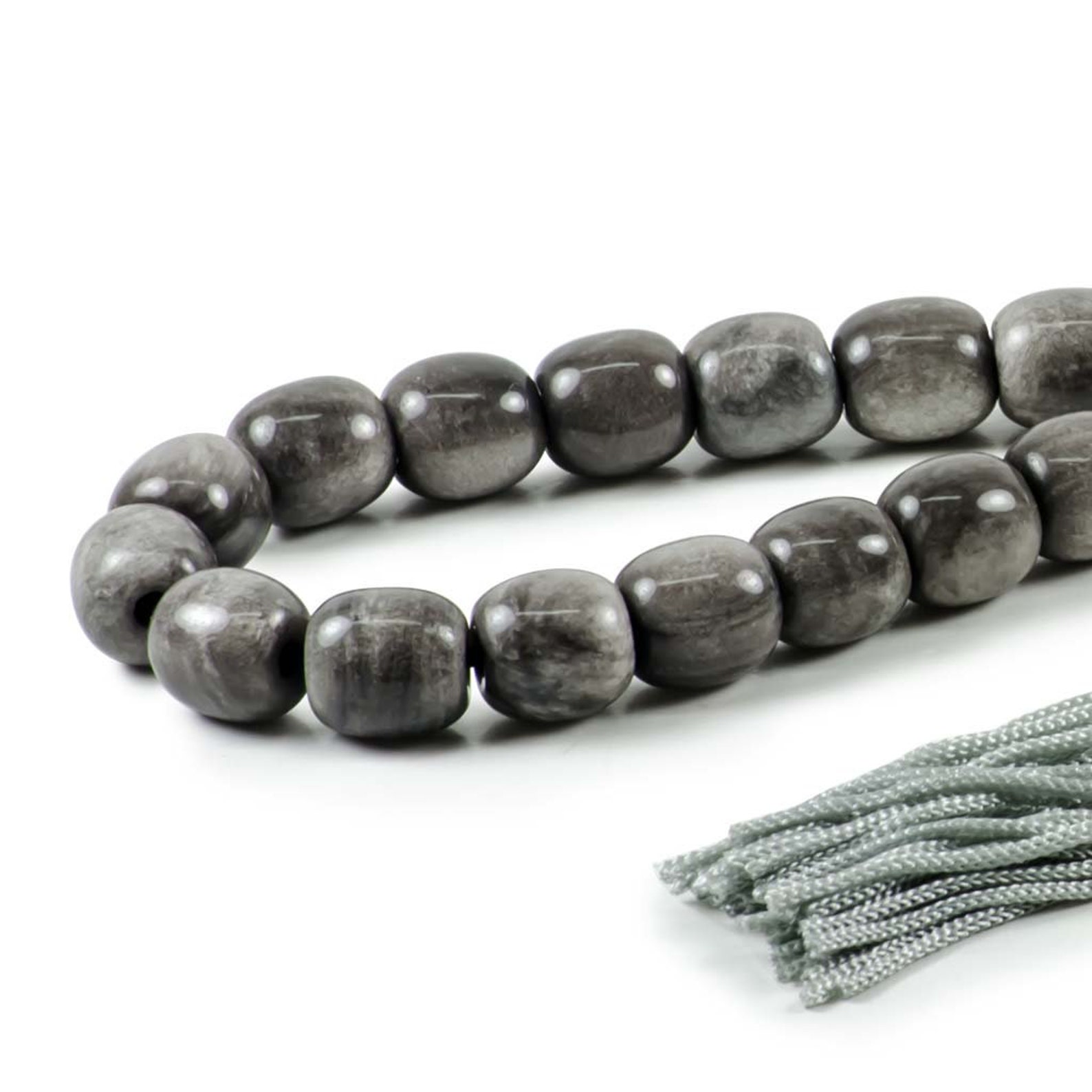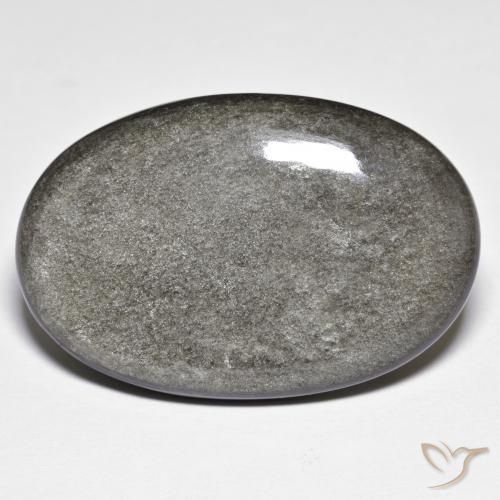
Crystalline rocks with a similar composition include granite and rhyolite.

Obsidian consists mainly of SiO 2 ( silicon dioxide), usually 70% by weight or more. Though obsidian is usually dark in color, similar to mafic rocks such as basalt, the composition of obsidian is extremely felsic. It is sometimes classified as a mineraloid. Obsidian is mineral-like, but not a true mineral because, as a glass, it is not crystalline in addition, its composition is too variable to be classified as a mineral. Tektites were once thought by many to be obsidian produced by lunar volcanic eruptions, though few scientists now adhere to this hypothesis. Intrusive formation of obsidian may occur when felsic lava cools along the edges of a dike. Extrusive formation of obsidian may occur when felsic lava cools rapidly at the edges of a felsic lava flow or volcanic dome, or when lava cools during sudden contact with water or air. Obsidian is formed from quickly cooled lava, which is the parent material. The Natural History by the Roman writer Pliny the Elder includes a few sentences about a volcanic glass called obsidian ( lapis obsidianus), discovered in Ethiopia by Obsidius, a Roman explorer. Origin and properties Obsidian talus at Obsidian Dome, California Polished snowflake obsidian, formed through the inclusion of cristobalite crystals In the past, it was used to manufacture cutting and piercing tools, and it has been used experimentally as surgical scalpel blades. Obsidian is hard, brittle, and amorphous it therefore fractures with sharp edges. Together with rapid cooling, this results in a natural glass forming from the lava. The high viscosity inhibits diffusion of atoms through the lava, which inhibits the first step ( nucleation) in the formation of mineral crystals. These flows have a high content of silica, granting them a high viscosity. It is commonly found within the margins of rhyolitic lava flows known as obsidian flows.

Obsidian is produced from felsic lava, rich in the lighter elements such as silicon, oxygen, aluminium, sodium, and potassium. ən, ɒ b-/) is a naturally occurring volcanic glass formed when lava extruded from a volcano cools rapidly with minimal crystal growth.

Usually black sometimes green or brown rarely yellow, orange, red or blue For other uses, see Obsidian (disambiguation).


 0 kommentar(er)
0 kommentar(er)
